Home>Gardening & Outdoor>Landscaping Ideas>What Causes Grass To Die In Patches
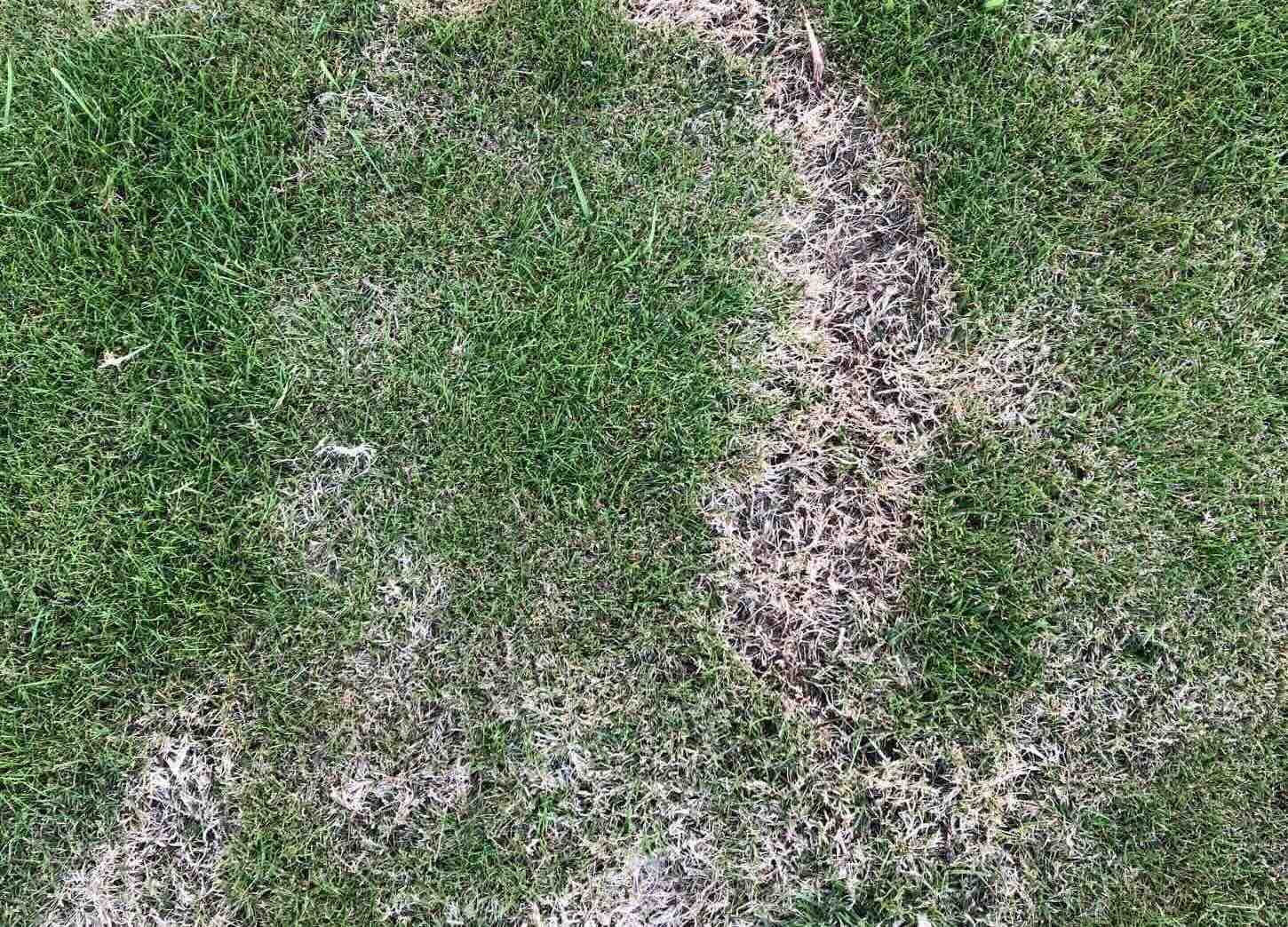

Landscaping Ideas
What Causes Grass To Die In Patches
Modified: August 16, 2024
Discover the reasons behind patchy grass and learn effective landscaping ideas to prevent and fix the issue. Keep your lawn lush and healthy with our expert tips.
(Many of the links in this article redirect to a specific reviewed product. Your purchase of these products through affiliate links helps to generate commission for Storables.com, at no extra cost. Learn more)
Introduction
A lush, green lawn is a sight to behold, but when patches of grass start to wither and die, it can be a cause for concern. Understanding the potential reasons behind this phenomenon is crucial for maintaining a healthy and vibrant lawn. Several factors can contribute to the demise of grass in patches, ranging from environmental conditions to human activities. By delving into these potential causes, homeowners and landscaping enthusiasts can take proactive measures to address the underlying issues and restore the vitality of their lawns.
Understanding the potential reasons behind this phenomenon is crucial for maintaining a healthy and vibrant lawn. Several factors can contribute to the demise of grass in patches, ranging from environmental conditions to human activities. By delving into these potential causes, homeowners and landscaping enthusiasts can take proactive measures to address the underlying issues and restore the vitality of their lawns.
When patches of grass start to wither and die, it can be a cause for concern. A lush, green lawn is a sight to behold, but understanding the potential reasons behind this phenomenon is crucial for maintaining a healthy and vibrant lawn. Several factors can contribute to the demise of grass in patches, ranging from environmental conditions to human activities. By delving into these potential causes, homeowners and landscaping enthusiasts can take proactive measures to address the underlying issues and restore the vitality of their lawns.
Understanding the potential reasons behind this phenomenon is crucial for maintaining a healthy and vibrant lawn. Several factors can contribute to the demise of grass in patches, ranging from environmental conditions to human activities. By delving into these potential causes, homeowners and landscaping enthusiasts can take proactive measures to address the underlying issues and restore the vitality of their lawns.
When patches of grass start to wither and die, it can be a cause for concern. A lush, green lawn is a sight to behold, but understanding the potential reasons behind this phenomenon is crucial for maintaining a healthy and vibrant lawn. Several factors can contribute to the demise of grass in patches, ranging from environmental conditions to human activities. By delving into these potential causes, homeowners and landscaping enthusiasts can take proactive measures to address the underlying issues and restore the vitality of their lawns.
Key Takeaways:
- Keep your lawn healthy by addressing water scarcity, soil compaction, poor drainage, nutrient deficiencies, diseases, pests, heavy foot traffic, and chemical damage. Proactive measures can restore the vitality of your grass.
- To maintain a vibrant lawn, monitor water supply, aerate compacted soil, improve drainage, replenish nutrients, manage diseases and pests, protect high-traffic areas, and apply chemicals responsibly. These actions can revive your patchy grass.
Lack of Water
A primary factor that can lead to the development of patchy, dry areas in a lawn is the lack of adequate water supply. Grass, like all living organisms, requires water to thrive. When the soil becomes parched due to insufficient irrigation or prolonged periods of drought, the grass in affected areas can suffer. The visible outcome is the emergence of unsightly patches of brown, brittle grass, signaling the distress of the turf.
In regions with erratic rainfall patterns or during the scorching summer months, it's essential to monitor the moisture levels in the soil and supplement with regular watering when necessary. Proper watering techniques, such as deep and infrequent watering to encourage deep root growth, can help mitigate the risk of water scarcity and promote healthier, more resilient grass.
Furthermore, the type of soil in the lawn can influence its water retention capacity. Sandy soils, for instance, drain water more rapidly, making it challenging for grass to access sufficient moisture during dry spells. In contrast, clay soils can become compacted, hindering water infiltration and leading to waterlogged conditions that suffocate the grass roots.
To address the issue of water scarcity, homeowners can consider implementing an efficient irrigation system, such as a sprinkler system or drip irrigation, to ensure uniform water distribution across the lawn. Additionally, the use of moisture-retaining organic mulch and the incorporation of drought-resistant grass species can contribute to maintaining adequate soil moisture levels and reducing the impact of water scarcity on the lawn.
By recognizing the detrimental effects of water deficiency on the health of grass, homeowners can take proactive measures to ensure that their lawns receive the hydration they need to flourish. Monitoring the soil moisture, adjusting watering schedules according to seasonal variations, and choosing appropriate grass species can collectively mitigate the risk of patchy grass due to water scarcity, fostering a verdant and resilient lawn landscape.
Soil Compaction
Soil compaction is a prevalent issue that can significantly impact the health and vitality of a lawn, leading to the development of patchy, deteriorating grass. This phenomenon occurs when the soil becomes densely packed, reducing pore spaces and impeding the circulation of air, water, and essential nutrients within the soil profile. As a result, the grass roots struggle to penetrate the compacted soil, hindering their ability to access vital resources necessary for robust growth.
Several factors can contribute to soil compaction, including heavy foot traffic, construction activities, and the natural settling of the soil over time. In areas where foot traffic is frequent, such as pathways, play areas, and around outdoor furniture, the constant pressure exerted on the soil surface can gradually compact the underlying soil layers, creating unfavorable conditions for healthy grass growth.
Moreover, the use of heavy machinery or equipment during construction projects can exacerbate soil compaction, particularly in the vicinity of the work site. The compaction caused by these activities can extend beyond the immediate construction area, impacting the overall health of the lawn and leading to the emergence of patchy, stressed grass.
To address the issue of soil compaction and its detrimental effects on the lawn, homeowners can employ various remedial measures. Core aeration, a process that involves perforating the soil with evenly spaced holes, can effectively alleviate soil compaction by promoting better air and water penetration. This technique also stimulates root growth and enhances the overall resilience of the grass.
Additionally, incorporating organic matter, such as compost or well-decomposed manure, into the compacted soil can improve its structure and porosity, reducing the likelihood of future compaction. This organic amendment enriches the soil with essential nutrients and encourages the development of a healthy microbial community, fostering a more conducive environment for robust grass growth.
By recognizing the detrimental effects of soil compaction on the health of grass, homeowners can take proactive measures to mitigate this issue and restore the vigor of their lawns. Implementing targeted aeration practices, integrating organic amendments, and minimizing activities that contribute to soil compaction can collectively contribute to the rejuvenation of the lawn, fostering a lush and resilient grass landscape.
Poor Drainage
Inadequate drainage within a lawn can give rise to a host of issues, including the formation of patchy, waterlogged areas that can detrimentally impact the health and appearance of the grass. Poor drainage often stems from various factors, such as the natural topography of the land, compacted soil, or the absence of proper drainage systems. When excess water fails to disperse effectively, it accumulates in low-lying areas, saturating the soil and suffocating the grass roots.
One of the primary contributors to poor drainage is the presence of compacted soil, which impedes the infiltration and percolation of water. In compacted soil, the pore spaces necessary for water movement become restricted, leading to surface runoff and the pooling of water in localized areas. This stagnant water not only deprives the grass roots of essential oxygen but also creates an environment conducive to the proliferation of fungal diseases, further compromising the health of the grass.
Furthermore, the natural slope and contour of the land can influence the drainage patterns within a lawn. Areas with inadequate slope or those situated in depressions are prone to water accumulation, especially during periods of heavy rainfall or snowmelt. As a result, the grass in these waterlogged zones may exhibit signs of distress, such as yellowing, stunted growth, and the formation of patchy, sodden areas.
To address the issue of poor drainage and its adverse effects on the lawn, homeowners can implement strategic measures to improve water dispersal and prevent waterlogging. Installing French drains or subsurface drainage systems can effectively redirect excess water away from the lawn, mitigating the risk of water accumulation and promoting healthier grass growth. Additionally, grading the land to create gentle slopes that facilitate water runoff and the strategic placement of rain gardens or swales can contribute to enhancing overall drainage efficiency.
Moreover, incorporating soil amendments, such as organic matter and coarse sand, can help improve the soil structure and porosity, facilitating better water movement and reducing the likelihood of waterlogging. By addressing the underlying causes of poor drainage and implementing targeted solutions, homeowners can effectively mitigate the detrimental impact of waterlogged patches on the lawn, fostering a more resilient and visually appealing grass landscape.
Recognizing the significance of efficient drainage in maintaining a healthy lawn, homeowners can proactively address poor drainage issues to create an environment conducive to robust grass growth and overall landscape vitality. By implementing appropriate drainage solutions and soil enhancements, homeowners can effectively mitigate the adverse effects of waterlogged patches, fostering a lush and thriving lawn landscape.
Ensure proper watering and drainage to prevent waterlogged or dry patches. Test soil pH and nutrients to address any deficiencies. Regularly mow and aerate the lawn to promote healthy grass growth.
Nutrient Deficiency
Nutrient deficiency is a significant factor that can contribute to the development of patchy, lackluster areas within a lawn, signaling the distress of the grass due to inadequate access to essential nutrients. The health and vibrancy of grass depend on a balanced supply of key nutrients, including nitrogen, phosphorus, potassium, and various micronutrients, to support robust growth and resilience. When the soil lacks sufficient quantities of these vital elements, the grass may exhibit visible signs of nutrient deficiency, such as yellowing, stunted growth, and the emergence of patchy or discolored areas.
One of the primary nutrients crucial for healthy grass growth is nitrogen, which plays a pivotal role in promoting lush, green foliage and vigorous root development. A deficiency in nitrogen can manifest as pale or yellowing grass, particularly in older leaves, as the plant reallocates the available nitrogen to support new growth. Additionally, phosphorus and potassium are essential for overall plant health, contributing to root development, disease resistance, and stress tolerance. Inadequate levels of these nutrients can lead to weakened grass, making it more susceptible to environmental stressors and pest infestations.
Moreover, micronutrients, such as iron, manganese, and zinc, are indispensable for various physiological processes within the grass, including chlorophyll production and enzyme activation. Deficiencies in these micronutrients can result in visible symptoms, such as interveinal chlorosis, leaf discoloration, and overall diminished vigor.
To address nutrient deficiencies and restore the vitality of the grass, homeowners can implement targeted fertilization strategies tailored to the specific needs of the lawn. Conducting a soil test can provide valuable insights into the existing nutrient levels and guide the formulation of a customized fertilization regimen. Selecting high-quality, balanced fertilizers containing the necessary macro and micronutrients can effectively replenish the soil and support the healthy growth of the grass.
Furthermore, adopting sustainable lawn care practices, such as leaving grass clippings on the lawn to naturally decompose and recycle nutrients, can contribute to the long-term enrichment of the soil. Additionally, incorporating organic amendments, such as compost or well-decomposed manure, can enhance the soil's nutrient content and foster a more conducive environment for robust grass growth.
By recognizing the significance of nutrient availability in maintaining a healthy lawn, homeowners can proactively address deficiencies and implement targeted fertilization and soil enrichment strategies to promote the resurgence of lush, resilient grass. By nurturing the soil with essential nutrients and adopting sustainable lawn care practices, homeowners can effectively mitigate the impact of nutrient deficiencies, fostering a vibrant and thriving grass landscape.
Read more: What Is The Best Grass Patch
Disease and Pests
Diseases and pest infestations pose significant threats to the health and appearance of a lawn, often manifesting as patchy, discolored areas that signal the presence of underlying issues. Fungal diseases, such as dollar spot, brown patch, and powdery mildew, can wreak havoc on grass, causing unsightly browning, thinning, and the formation of irregular patches. These diseases thrive in conditions of high humidity, poor air circulation, and prolonged moisture, making them particularly prevalent in warm, humid climates or during periods of excessive rainfall.
In addition to fungal diseases, various pests can also contribute to the decline of grass in the form of patchy, damaged areas. Insects like grubs, chinch bugs, and sod webworms can voraciously feed on grass roots and foliage, leading to weakened, patchy turf that is susceptible to further stress and environmental pressures. The visible signs of pest infestations often include irregular brown patches, thinning grass, and the presence of pests or their larvae in the affected areas.
To effectively address the challenges posed by diseases and pests, homeowners can implement integrated pest management strategies that encompass preventive measures, cultural practices, and targeted treatments. Promoting proper lawn maintenance, including regular mowing at the appropriate height, adequate irrigation, and the removal of thatch, can help create an environment less conducive to disease development and pest proliferation.
Furthermore, fostering a balanced ecosystem within the lawn by encouraging beneficial insects and microbial activity can contribute to natural pest control and disease suppression. Selective and judicious use of pesticides and fungicides, when necessary, can help manage severe infestations and diseases while minimizing the impact on the overall environmental balance.
Moreover, promoting good air circulation through proper spacing of plants, strategic tree and shrub pruning, and the removal of excessive thatch can reduce the favorable conditions for disease development and limit the spread of fungal pathogens. Additionally, overseeding with disease-resistant grass varieties and implementing proper drainage and irrigation practices can enhance the resilience of the lawn against disease and pest pressures.
By recognizing the detrimental impact of diseases and pests on the health of the grass, homeowners can proactively implement comprehensive strategies to mitigate these challenges and restore the vitality of their lawns. By fostering a balanced and resilient lawn ecosystem and adopting targeted management practices, homeowners can effectively address the impact of diseases and pests, fostering a lush and thriving grass landscape.
Heavy Foot Traffic
Heavy foot traffic can exert significant stress on a lawn, leading to the development of worn, compacted areas and the deterioration of grass in high-traffic zones. Areas subjected to frequent foot traffic, such as pathways, play areas, and gathering spaces, are particularly susceptible to the adverse effects of compaction and wear, resulting in the emergence of patchy, thinning grass that struggles to thrive under such conditions.
The constant pressure and friction generated by foot traffic can compress the soil, reducing its porosity and impeding the circulation of air, water, and essential nutrients. As a result, the grass roots in these compacted areas encounter challenges in accessing the resources necessary for robust growth, leading to the manifestation of stressed, patchy grass that detracts from the overall aesthetic appeal of the lawn.
To address the impact of heavy foot traffic on the health of the grass, homeowners can implement targeted measures to alleviate compaction and promote the recovery of affected areas. Core aeration, a process that involves perforating the soil to create channels for improved air and water movement, can effectively mitigate soil compaction caused by heavy foot traffic. This technique not only enhances soil structure and porosity but also stimulates root growth and resilience, fostering the rejuvenation of the grass.
Furthermore, overseeding with durable, wear-tolerant grass species can help replenish and reinforce the grass in high-traffic areas, enhancing its ability to withstand ongoing foot traffic and recover from wear. Selecting grass varieties renowned for their resilience and recuperative capacity can contribute to the long-term sustainability of the lawn, ensuring that high-traffic zones maintain their lush, vibrant appearance despite the challenges posed by frequent use.
In addition to proactive measures, promoting alternative pathways or designated walkways can help redirect foot traffic away from sensitive lawn areas, minimizing the impact of wear and compaction. Integrating hardscaping elements, such as stepping stones or gravel pathways, can provide practical and visually appealing solutions for guiding foot traffic and protecting the grass from excessive wear and stress.
By recognizing the impact of heavy foot traffic on the health and appearance of the grass, homeowners can proactively implement targeted strategies to mitigate these challenges and restore the vitality of their lawns. By fostering resilient, wear-tolerant grass and integrating thoughtful design elements, homeowners can effectively address the impact of heavy foot traffic, fostering a lush and thriving grass landscape.
Chemical Damage
Chemical damage to grass can result from the inadvertent application of herbicides, pesticides, or other chemical substances that adversely affect the health and appearance of the lawn. These chemicals, when misapplied or used inappropriately, can lead to the emergence of patchy, discolored areas, signaling the distress of the grass due to exposure to toxic compounds. Common sources of chemical damage include herbicide overspray, improper pesticide application, and the use of harsh cleaning agents or chemical fertilizers in close proximity to the lawn.
Herbicide overspray, often stemming from the application of weed control products near the lawn, can lead to unintended contact with the grass, resulting in visible signs of damage such as browning, wilting, and the formation of irregular patches. Similarly, the improper application of pesticides, whether for insect control or disease management, can pose risks to the grass if not administered according to label instructions and recommended practices. The misuse of chemical fertilizers, particularly those containing high concentrations of nitrogen or other synthetic compounds, can also contribute to chemical damage, leading to the scorching and weakening of the grass.
To address the impact of chemical damage on the lawn, homeowners can adopt proactive measures to minimize the risk of exposure and promote the recovery of affected areas. Implementing stringent precautions when applying herbicides or pesticides, such as using protective barriers and precise application techniques, can help prevent unintended contact with the grass and minimize the risk of chemical damage. Additionally, adhering to recommended dilution rates and application frequencies for chemical fertilizers can ensure that the grass receives the necessary nutrients without succumbing to the detrimental effects of overexposure.
In the event of chemical damage, prompt action is crucial to mitigate the impact and facilitate the recovery of the grass. Thoroughly irrigating the affected areas to flush out residual chemicals, applying activated charcoal or other absorbent materials to neutralize toxins, and providing supplemental nutrients and organic amendments to support the recuperation of the grass can aid in the restoration process. Furthermore, monitoring the affected areas for signs of recovery and adjusting lawn care practices to accommodate the regrowth of the grass can contribute to the successful mitigation of chemical damage.
By recognizing the potential risks associated with chemical exposure and implementing responsible application practices, homeowners can effectively safeguard the health and vitality of their lawns. By promoting awareness of proper chemical usage and adopting proactive measures to address chemical damage, homeowners can foster a resilient and visually appealing grass landscape.
Frequently Asked Questions about What Causes Grass To Die In Patches
Was this page helpful?
At Storables.com, we guarantee accurate and reliable information. Our content, validated by Expert Board Contributors, is crafted following stringent Editorial Policies. We're committed to providing you with well-researched, expert-backed insights for all your informational needs.
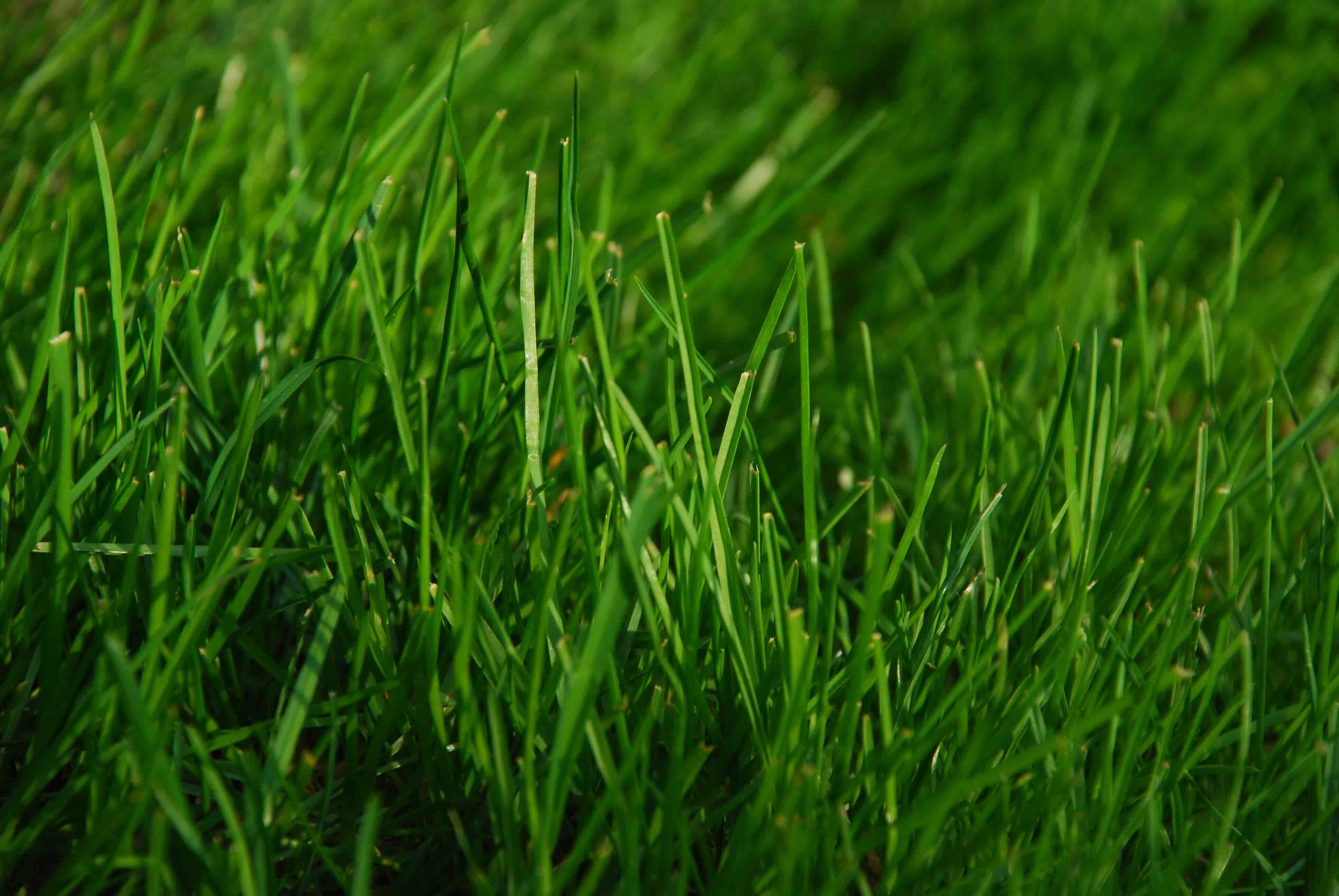
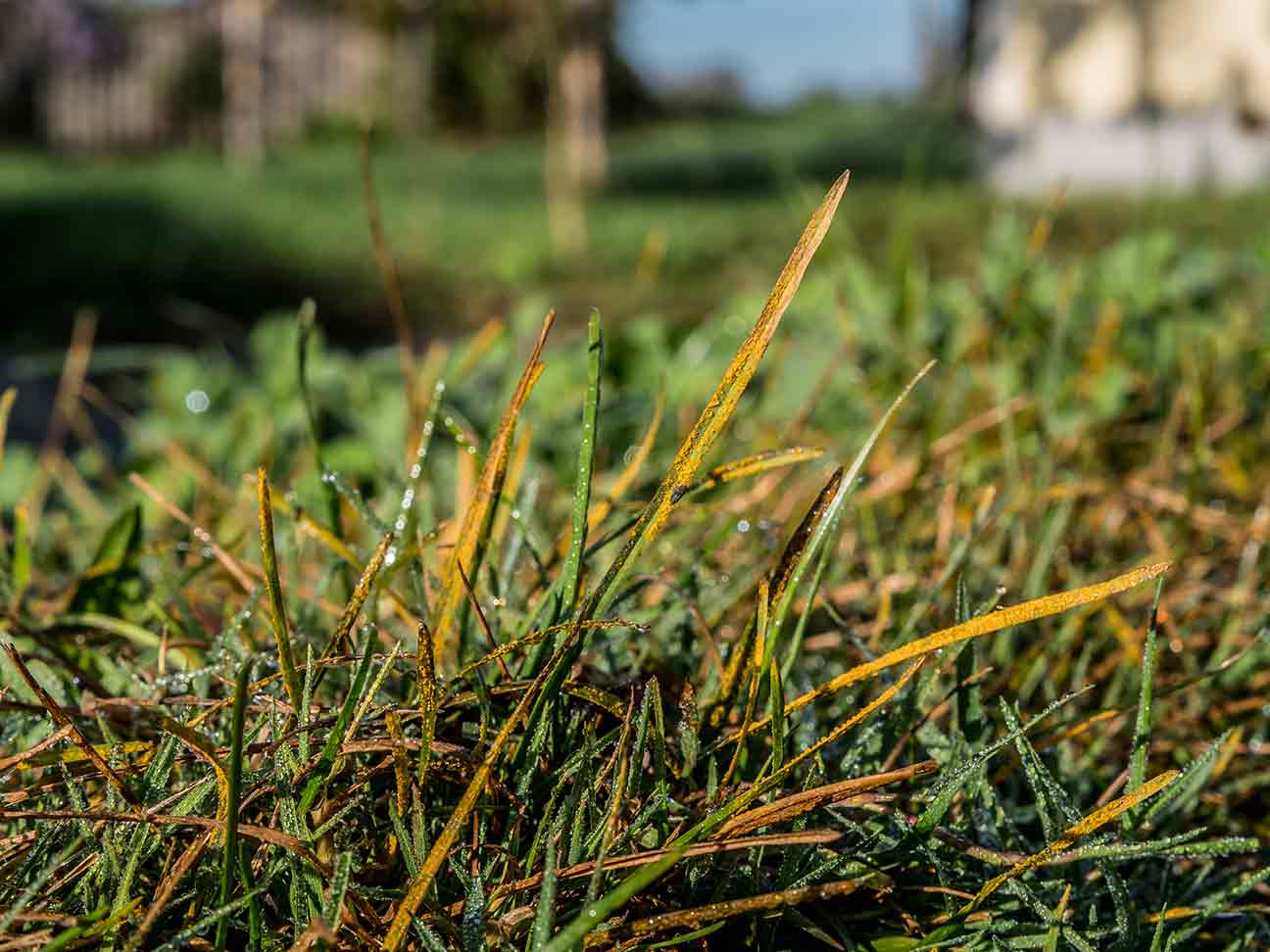

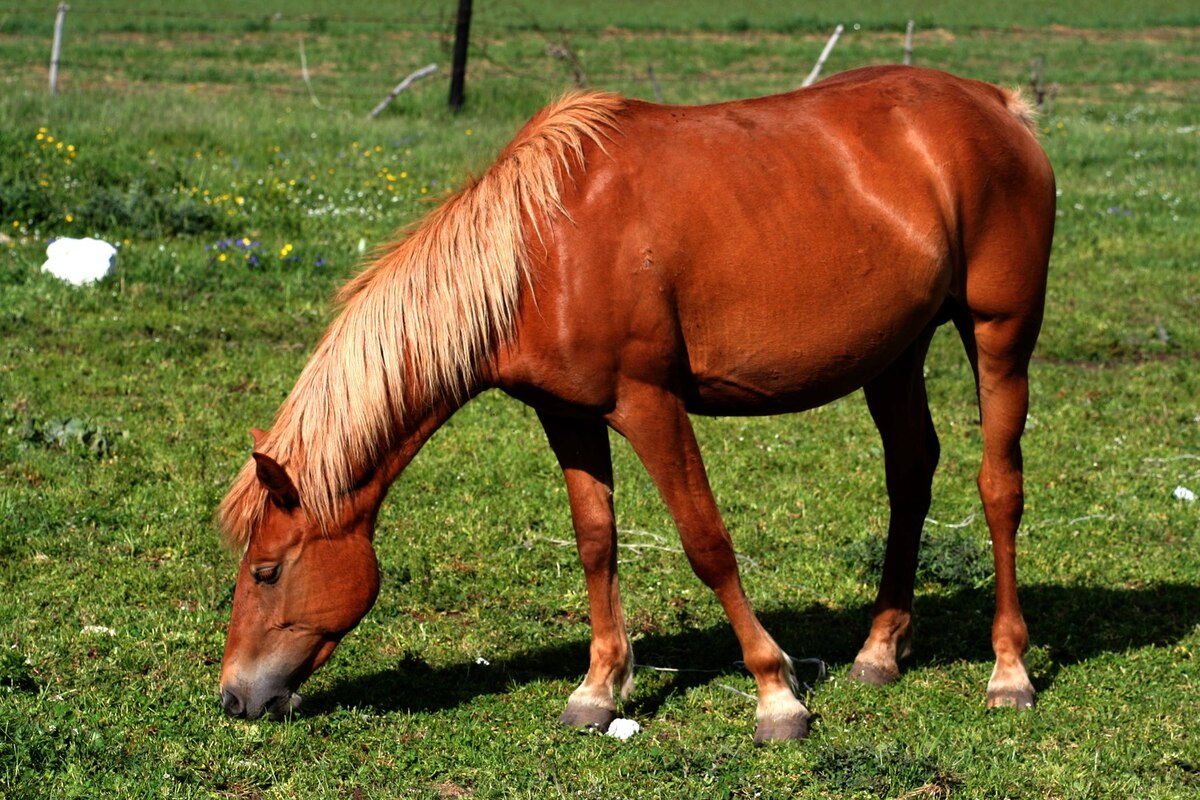
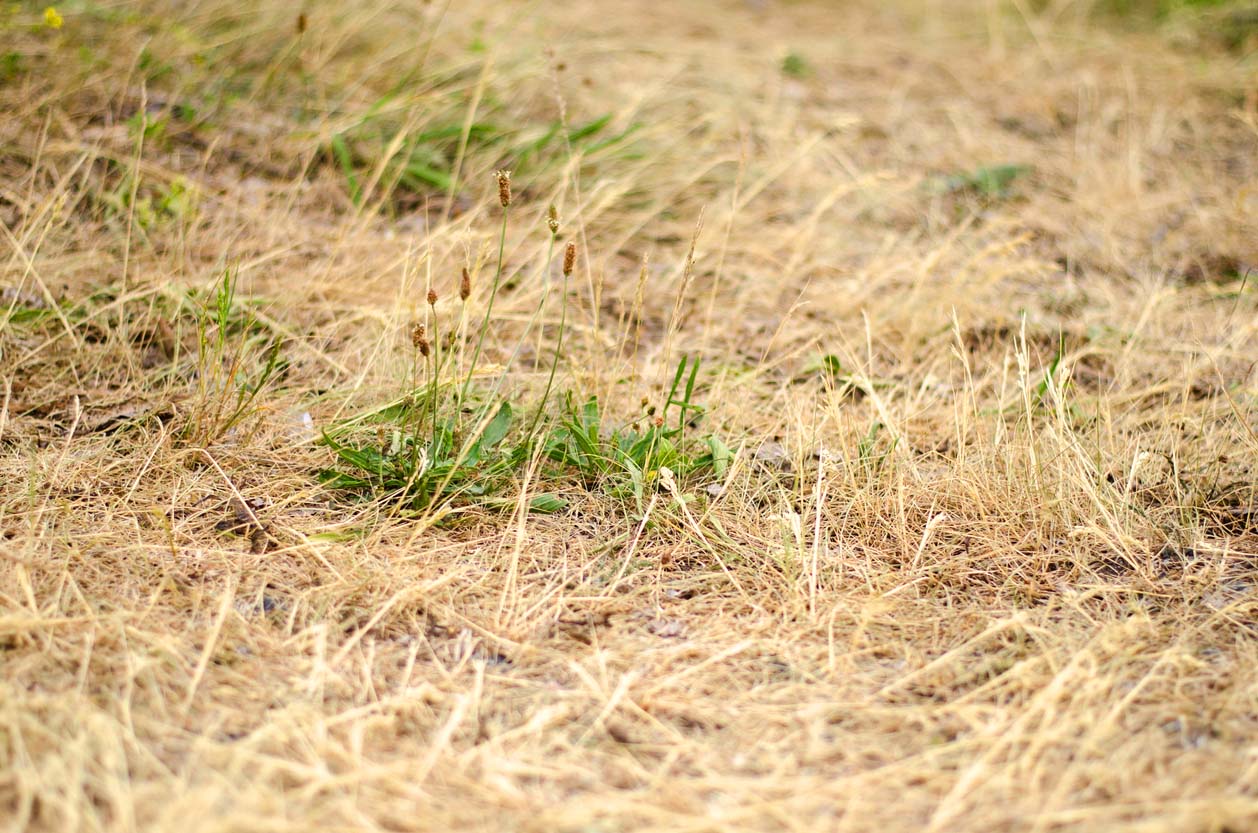
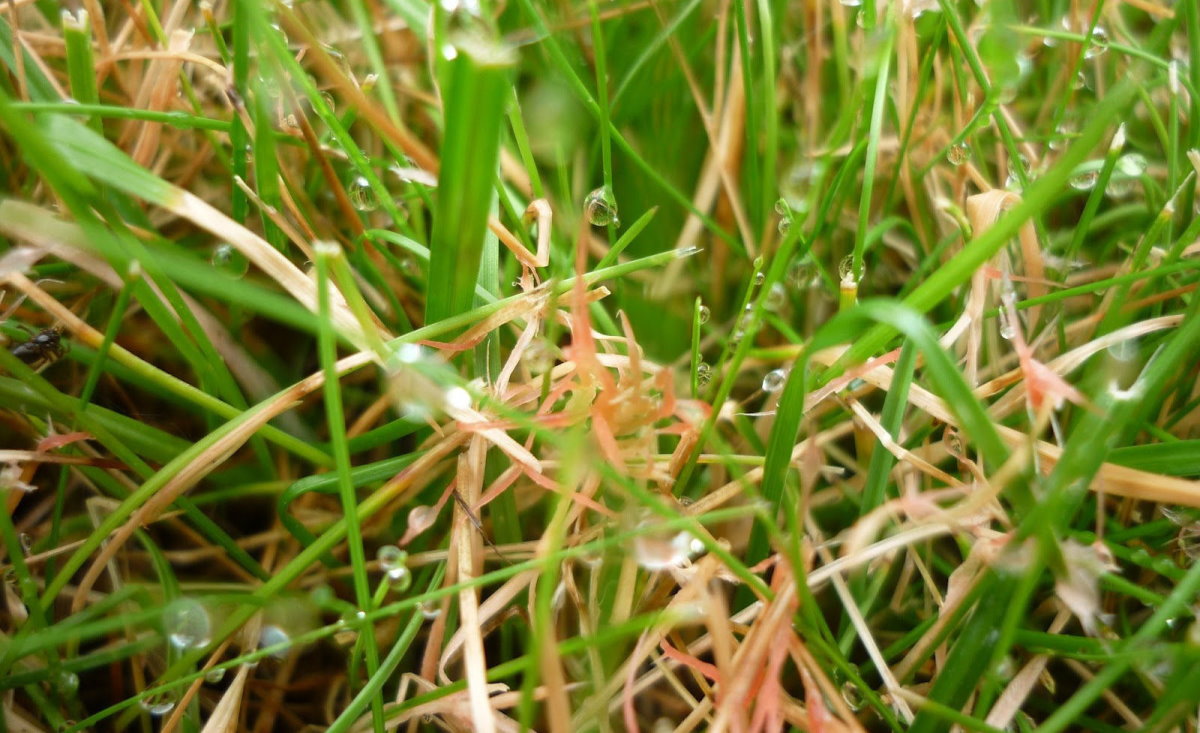
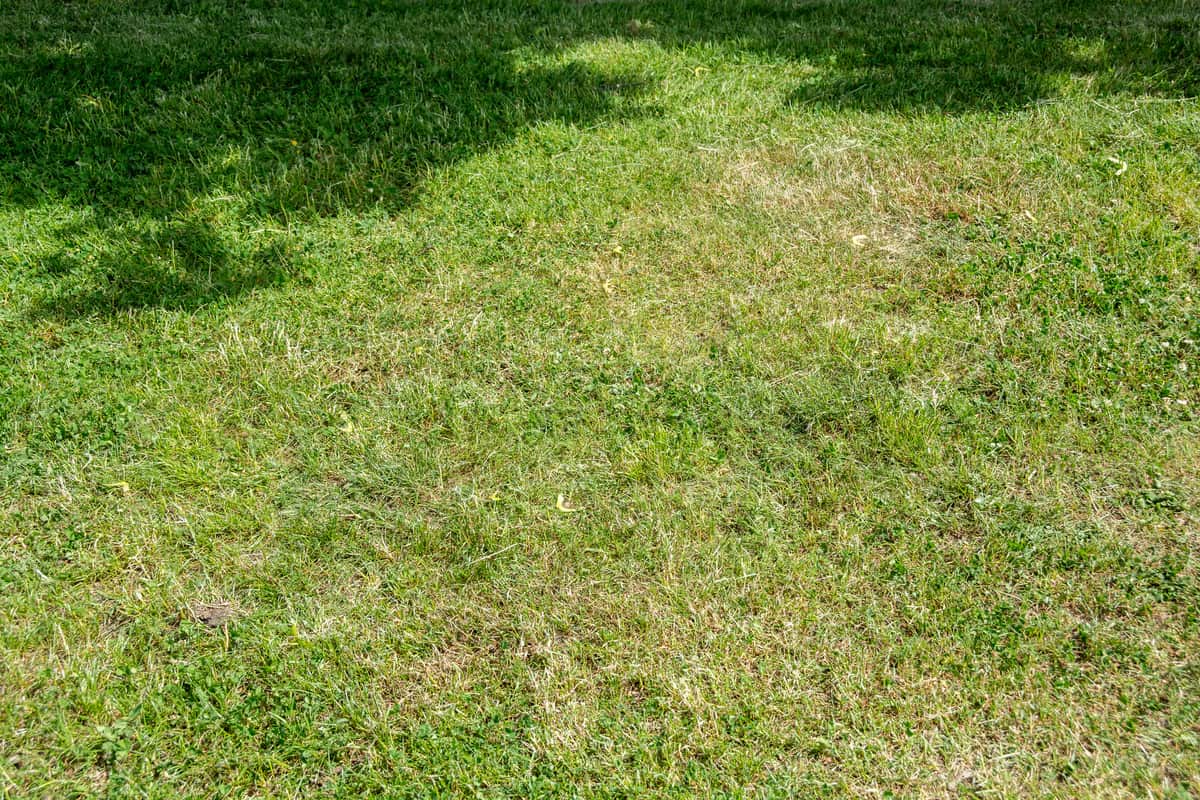
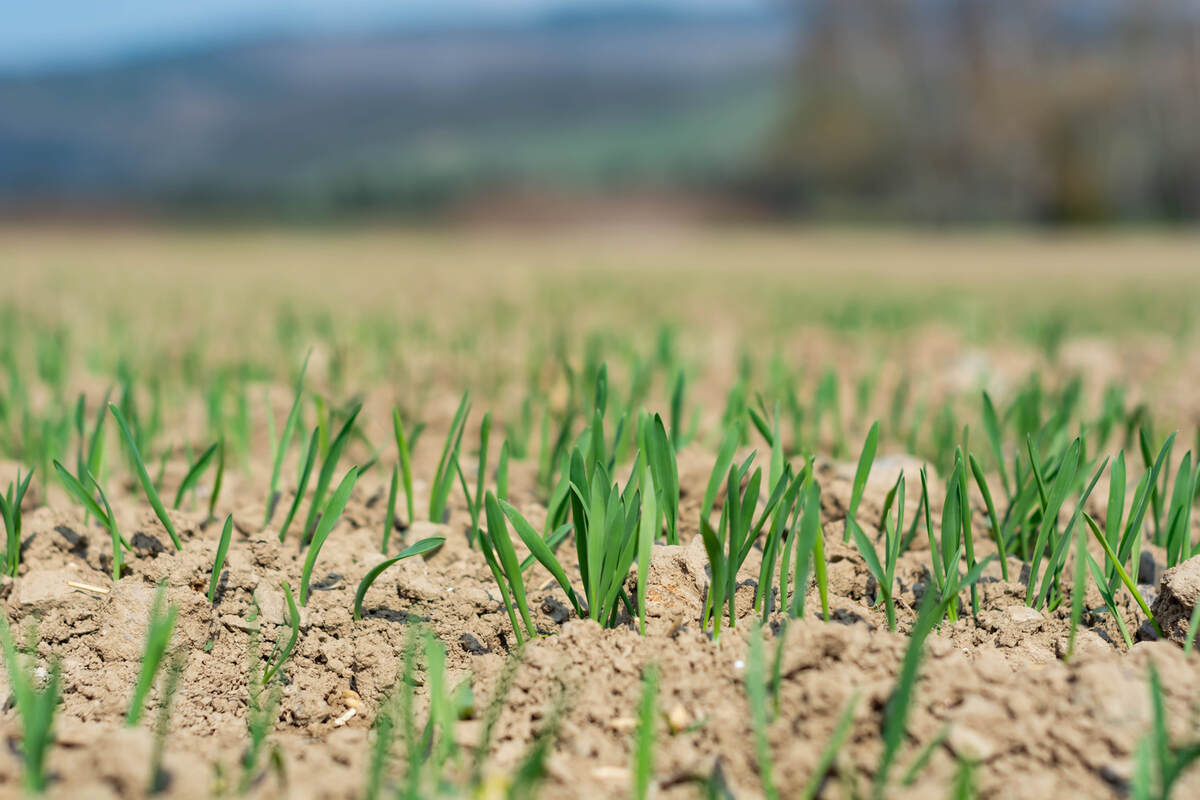
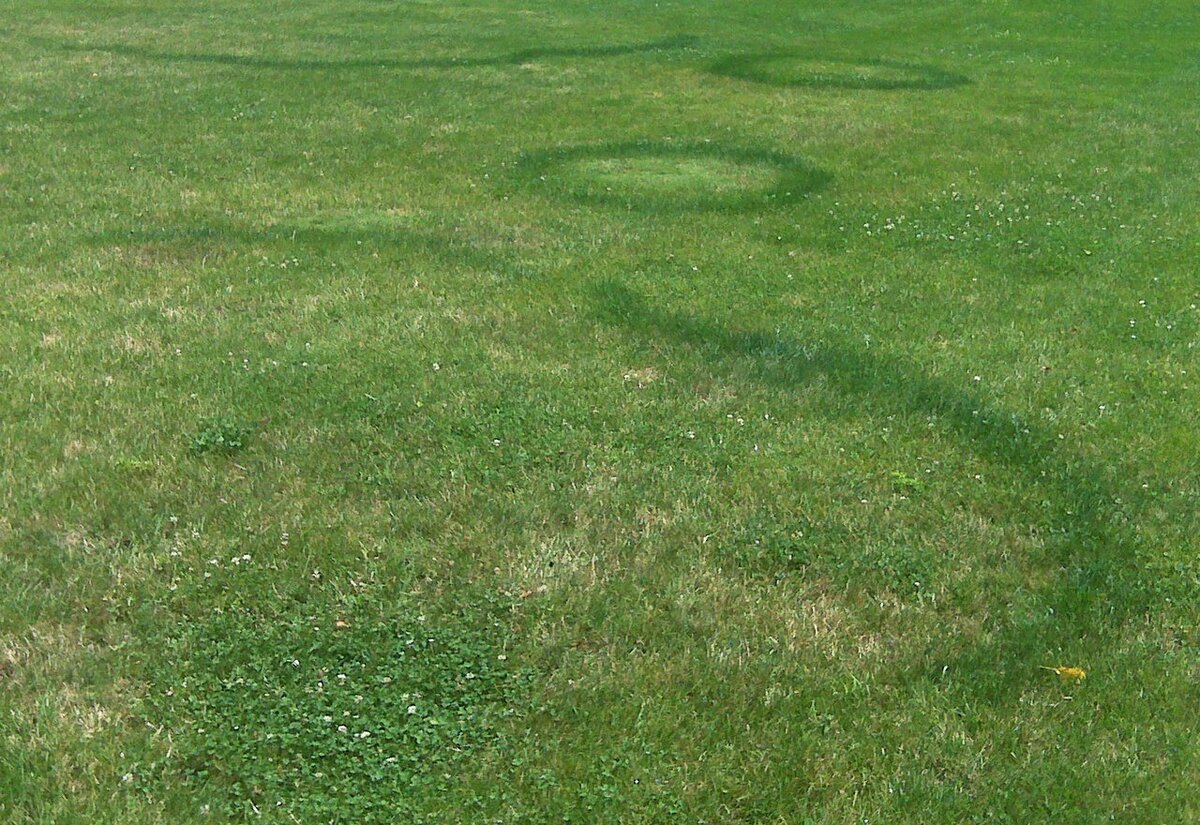
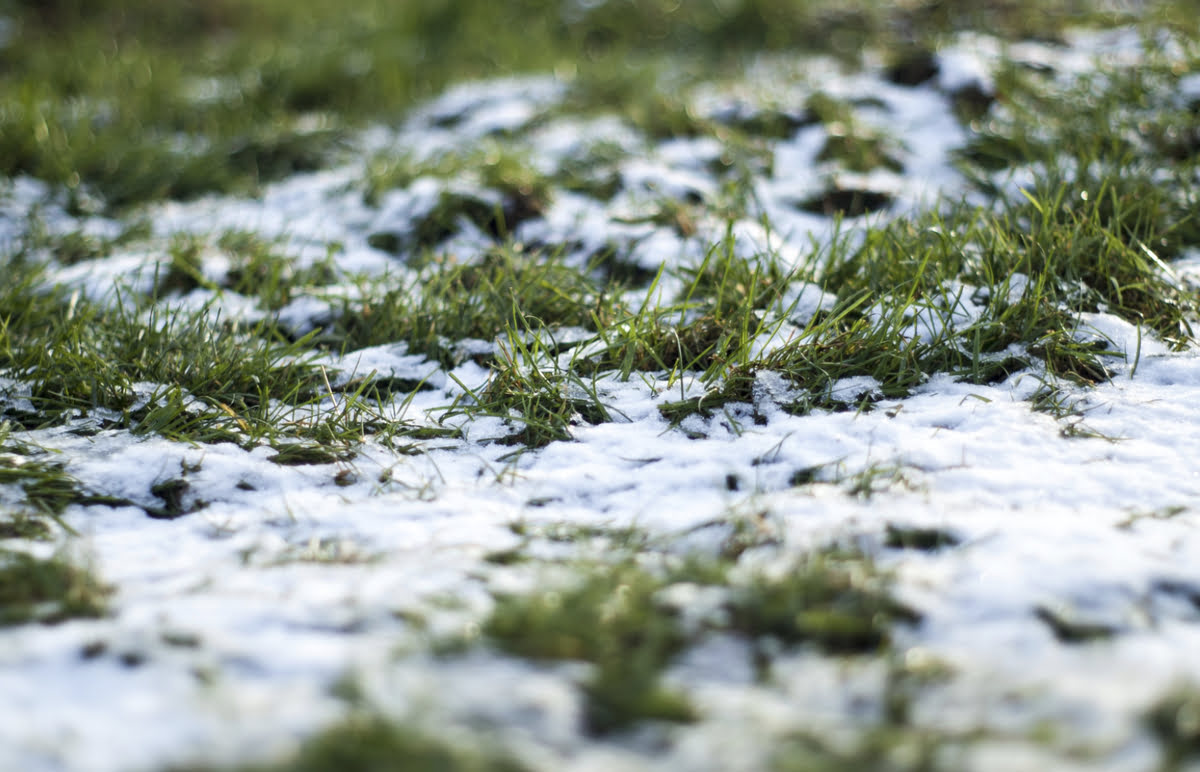
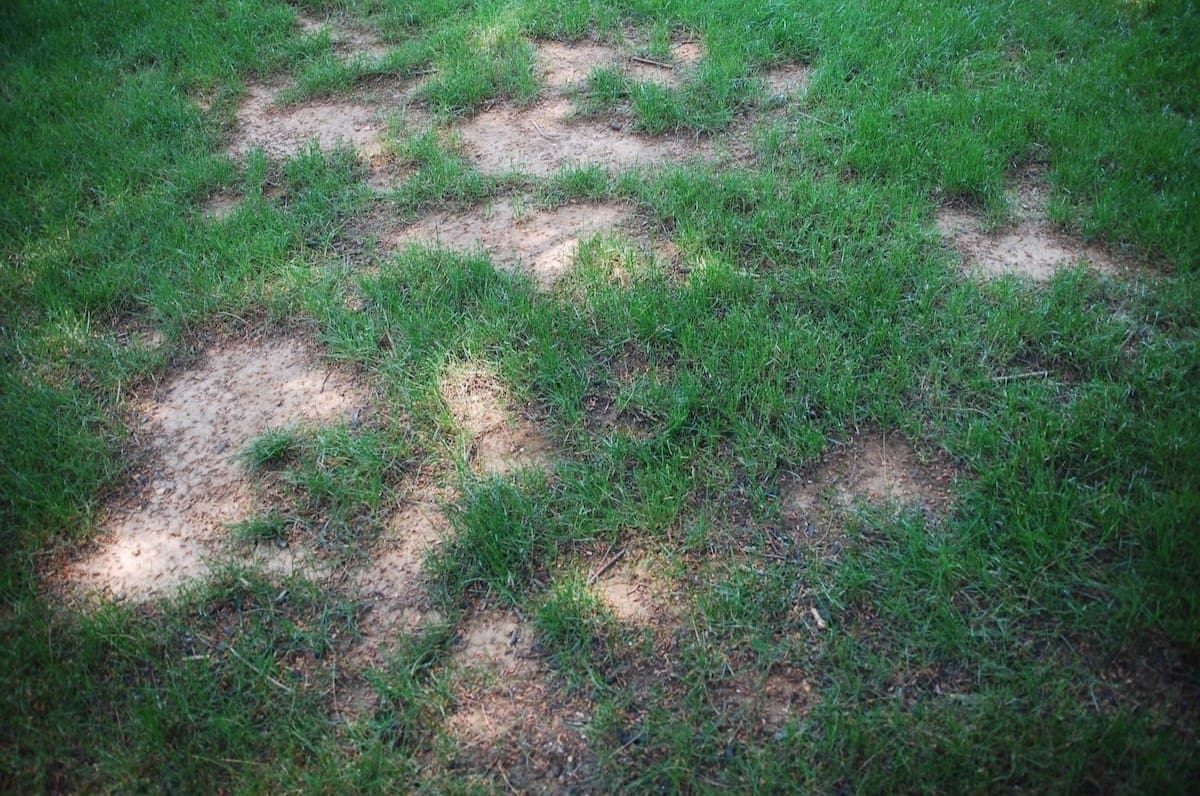
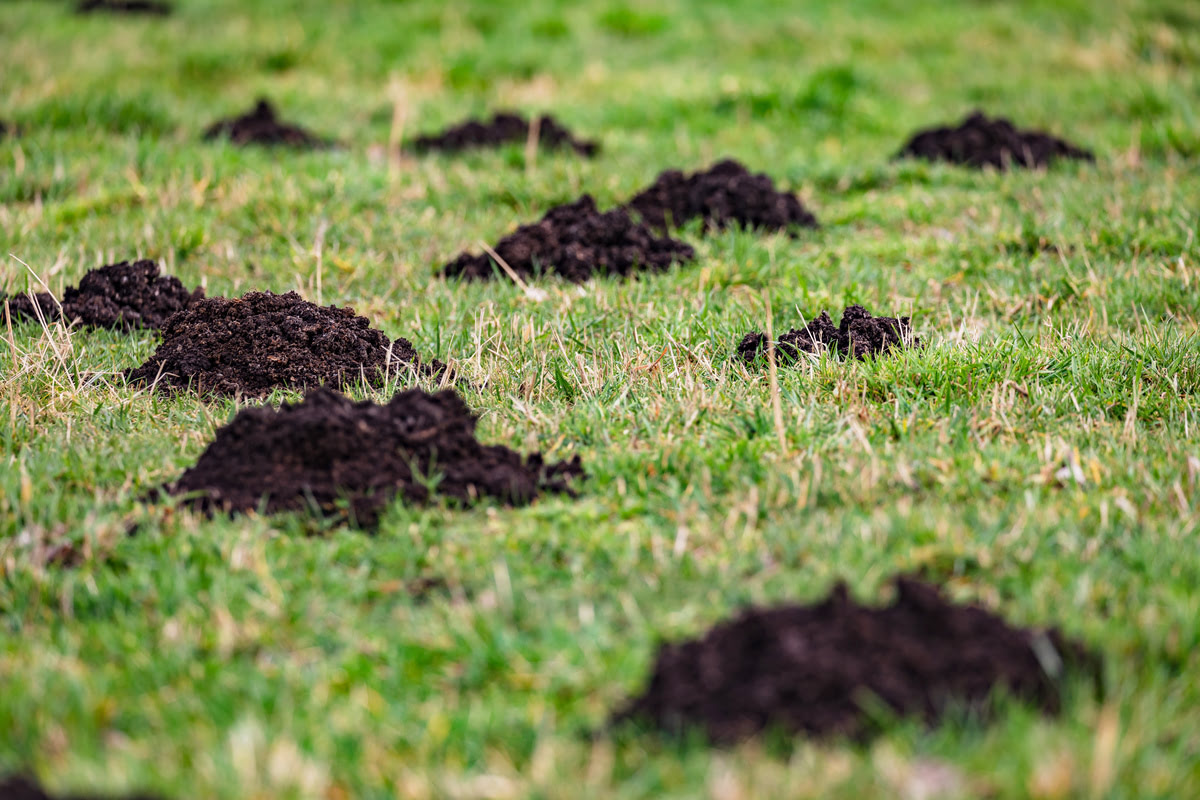
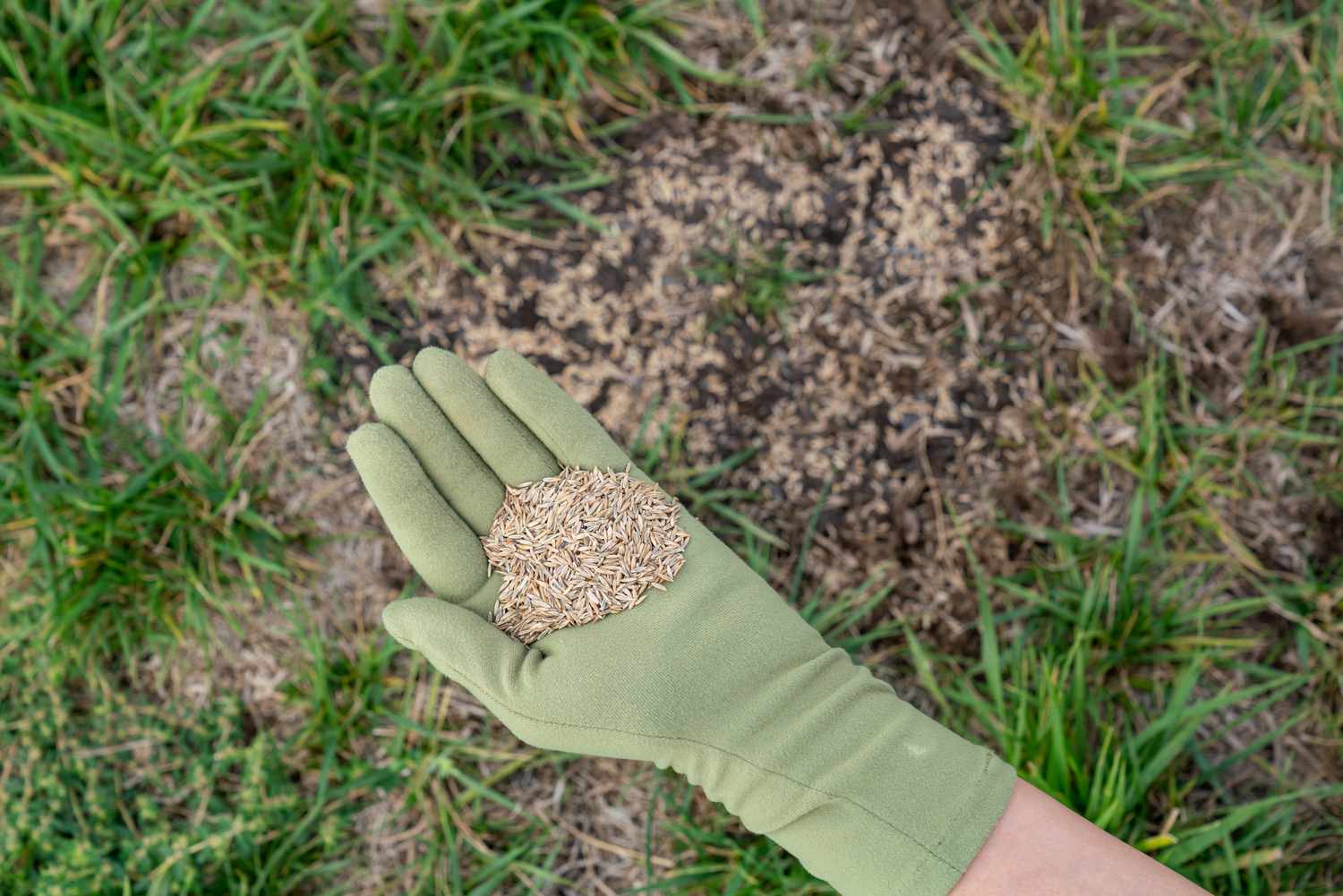


0 thoughts on “What Causes Grass To Die In Patches”